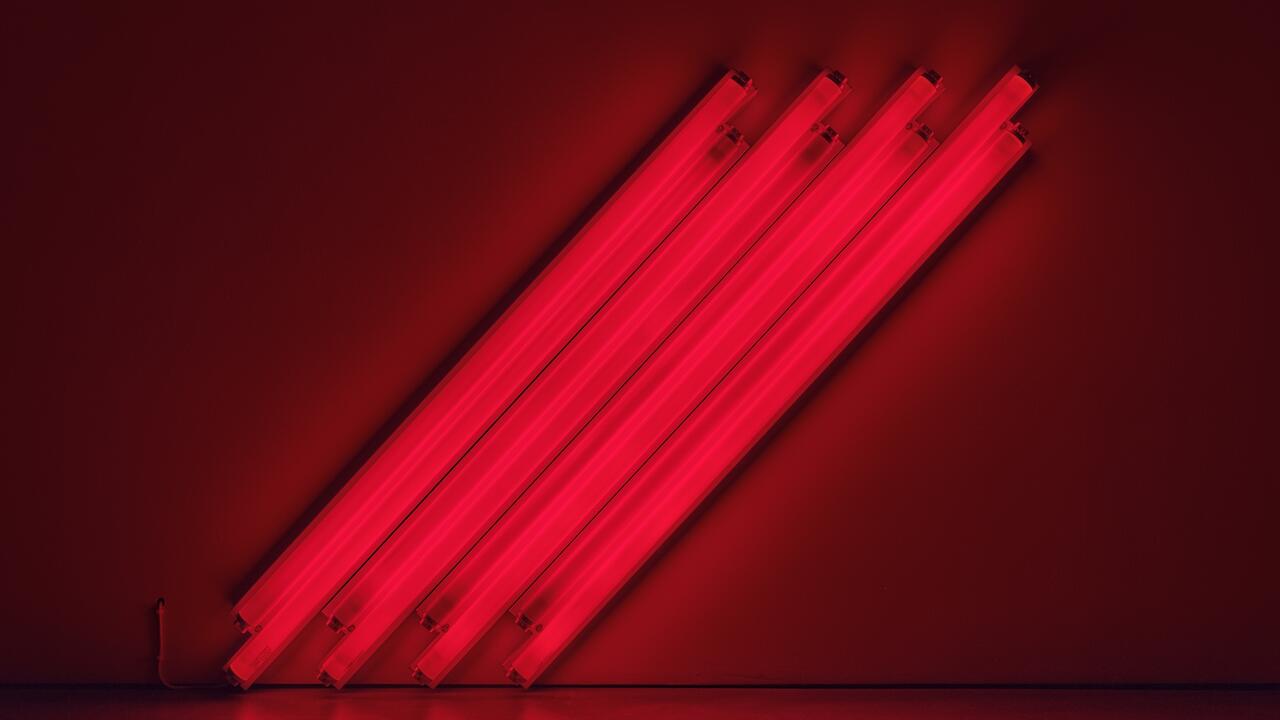Piotr Uklanski
Piotr Uklanski's, The Nazis (1998) is a frieze of 122 identically sized images of the heads and shoulders of actors in military uniforms. All are taken from European and American movies made during the last 50 years. Despite the show's title, however, not all of the actors were portraying Nazis or even Germans - for example Eric Von Stroheim in La Grande Illusion (1937) played a German Major from World War I, and Anthony Hopkins and Bob Hoskins are shown in their roles in Mussolini and I. It's hard to know if these exceptions are unintentional, or if, in Uklanski's mind, Italian Fascists and pre-World War II German soldiers are interchangeable with Nazis. According to the press release, the work is intended as a critique of the 'dark glamour' of Nazi chic, and 'a direct comment on the history of popular culture and how it portrays historical events'. I'm still trying to work out what that comment might be.
'The solemn eroticising of fascism must be distinguished from a sophisticated playing with cultural horror' wrote Susan Sontag in Fascinating Fascism (1973). Uklanski's installation, as smug as it is indeterminate, might have benefited from a deeper understanding of such distinctions - systematically erasing differences between viewpoints, decades, genres and directors reveals nothing more profound than some inaccurate generalisations about the way film has reflected, and interacted with the history of this century.
No one would question the fact that a lot of lousy, insensitive films about Nazism have been made, or that Nazis - who usually wore uniforms - are often shown wearing - yes - uniforms! But film has contributed more to the exploration of ideas about Fascism than just about any other medium, using such multifarious means, and exploring so many perspectives it's absurd and unintelligent to try and squash all of its achievements and failures into the same, small pigeon hole. Take some of the films from which Uklanski has borrowed images for example: spot the differences between Peckinpah's Cross of Iron (1977), Morgensten's Stawka Wieksza Niz Zycle (1968), Pabst's Der Letzte Akt (1955) and Spielberg's Schindler's List (1993).
The examination of what might link uniformity, ruthlessness and glamour is obviously a worthwhile undertaking. As is any attempt to come to terms with the way our culture represents and interprets evil. Uklanski, however, has perpetuated the very same over-simplifications (which at its most fundamental, is precisely what Fascism is) that he seems to be suggesting film is guilty of. If he's proposing that something is beyond representation by simply dislocating it from its original source, and then representing it again somewhere else, then he's being disingenuous. He makes no attempt to address the opposition he's set up between cinema and art, as if he, the artist, is above complicity in trying to come to terms with both imaging and imagining Fascism, but Buster Keaton in a Luigi Scattini film isn't. Perhaps he's arguing that a fictionalised representation of Fascism per se is wrong. But since when hasn't fiction been able to explore, and reveal, some profound truths about reality?
Uklanski's installation looks so slick, so reductive, so strangely blank, that it ends up seeming far less critical of Fascistic chic than many of the movies it purports to critique. By repeating images of the actors in an identical format he emphasises certain crude similarities inherent in representations of Fascists (scars, squints, patches and, yes, uniforms) while failing to acknowledge the other, fairly crucial tools a director might employ to create meaning and to complicate stereotypes - a script, for example. Ironically, Uklanski's method only serves to stress the one-dimensionality of his approach to such complex issues - but unlike so many of the directors he makes such glancing reference to, he doesn't even come close to suggesting a rigorous, workable alternative to existing models of representation.
It's not very helpful to treat other people's work with such shabby essentialism. If Uklanski isn't holding these films and these actors up to ridicule, or at least as examples of how not to represent evil, then what is he trying to do? The press release claims that he is forcing us to examine the 'disquieting fascination' of the Nazi uniform, that he aims to 'provoke in the viewer an uneasy sense of repulsion and identification'. It's not convincing. When you're dealing with either Fascism or film, foggy statements about the unease of the viewer or the ambiguous appeal of uniforms doesn't really tell us, or show us, anything we don't already know.













